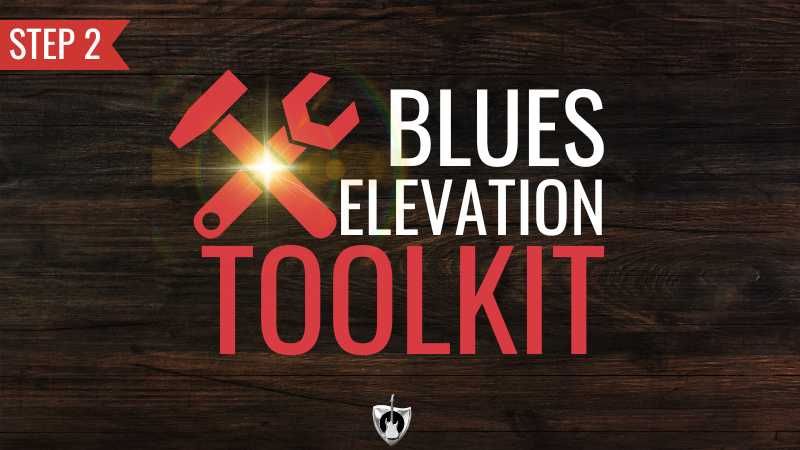Guitar Licks Around Chord Shapes - 149
How do you approach your chords and scales?
If you are like most of us, you start out separating the two.
Chords are chords, and they are over here. And... scales are scales, and they are over here.
Even as you progress with the guitar and realize that chords come from scales, (they are the strong notes), it's very hard to break the habit.
You see it when a player jumps from his chord to another part of the guitar for a fill, and then struggles to get back to rhythm in time.
It's like chord playing and scale playing are from two different parts of your brain. And when you have to switch mid song, It takes a while to change gears
That's why when you see players like Hendrix seamlessly move from chords to single note lines and back to chords again, (and also incorporate chord tones in their lines) it has the wow factor. It sounds impressive.
So, let's start to think like this and work on relating our scale patterns and chord shapes.
How Scale Patterns and Chords Relate
The first step to playing this way is to know how the chord shapes and scales relate.
You would think that would be easy, If you are playing a G chord then you find the G major scale that sits in the same position. Sounds reasonable. The problem is that that G chord doesn't always play the main role.
If you are in the Key of G this works well. But what if you were playing a song in the key of C and you needed to play a quick lick right there by your G chord... you wouldn't want to play a G major scale. The F# in that scale would sound out of place in the key of C .
So knowing the function of your Chord (in this example the G was the V chord in the key of C) is extremely important.
So in one instance in the key of G, a G chord with a G major scale works, in the key of C a G chord with the C scale works.
It's not always the same scale for a chord.
This has been a problem for some of my students who started with and got confused by the CAGED system. It tends to give the impression that a shape is always related to the one pattern.
This isn't the case and when you try to play those major scales in different circumstances, like the one I mentioned, things start to sound sour very quickly.
The First Step
The real first step to getting good at this is diatonic arpeggio work. I have had several episodes that go into diatonic chords and arpeggios. Basically they are chord notes that are taken from each degree of the scale. It's how we get our chords that match each other and know what their function is.
If you add to your scale pattern practice some arpeggio work from each degree of the scale, you will start to see something very interesting. These arpeggio shapes begin to look familiar. Going up the scale and back the arpeggio, or up the arp and back the scale, is where our two worlds start to come together.
The more you do this, the more you will be able to see your shapes right there in your patterns.
Build licks around common chord shapes
So, let's bust that way of thinking right now by building some licks around our common chord shapes.
You can start your lines right where you're fingers already are. Or, maybe even cooler to you, you can throw some cool chords into your solos.
I'm going to demonstrate this in three different ways that are very common places you could play some licks around your rhythm.
Later in the podcast I go over the three things to get you up and running quickly
1. Practice all five scale patterns limited to an octave in the chord shape
2. Map out your signature licks and play them over different voicings
3. Scale arpeggio chord
GET FREE WEEKLY GUITAR LESSONS, PODCASTS, AND MOTIVATION DELIVERED TO YOUR INBOX.
Your information is kept safe. It's never shared with third parties.




